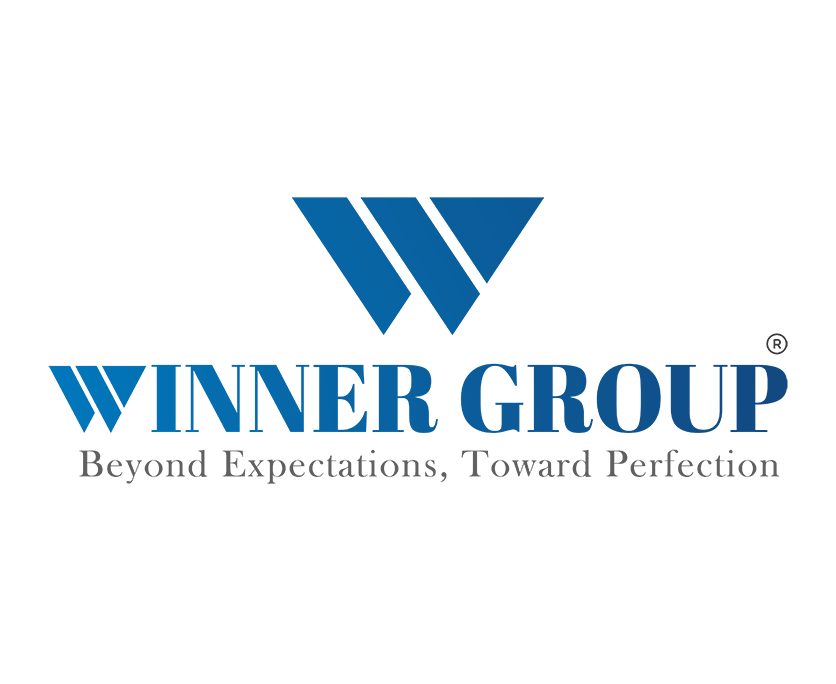Creating a Winning Website: Tips and Best Practices
Essential Elements of a Winning Website
A winning website begins with a clean, user-friendly design that enhances both user experience and navigation. Such design principles prioritize simplicity and intuitiveness, ensuring that users can easily find the information they seek. A clutter-free layout with clear headings, ample white space, and visually appealing elements helps visitors navigate effortlessly, reducing bounce rates and increasing engagement.
Mobile responsiveness is another critical component in today’s digital landscape. As an increasing number of users access websites via mobile devices, a website must adapt seamlessly to various screen sizes. Mobile-friendly designs not only improve user experience but also contribute positively to search engine optimization (SEO) rankings, making it easier for potential customers to find your site.
Equally important is the website’s loading speed. Fast loading times are essential for retaining visitors, as delays can frustrate users and lead to higher abandonment rates. Employing techniques such as image optimization, leveraging browser caching, and minimizing HTTP requests can significantly enhance loading speed, ensuring a smoother and more efficient user experience.
Intuitive site architecture is fundamental for effective navigation and usability. A well-organized structure with logical categories, subcategories, and a straightforward menu system makes it simple for visitors to locate information. This intuitive navigation reduces user frustration and increases the likelihood of the visitors completing desired actions on the site.
The content on a winning website must be strong and compelling, addressing the needs and interests of its target audience. High-quality content not only engages visitors but also boosts SEO by providing valuable information that search engines recognize and prioritize. Consistently updating content keeps the website relevant and encourages repeat visits.
Effective calls-to-action (CTAs) are integral to a successful website, guiding users towards desired actions such as signing up for newsletters, making purchases, or contacting customer service. Well-placed and compelling CTAs can significantly improve conversion rates and drive business goals.
Seamless integration of social media links allows visitors to easily share content and connect with the brand across various platforms. This integration fosters community engagement and extends the website’s reach, enhancing overall visibility and brand recognition.
Finally, maintaining updated privacy policies and ensuring secure web hosting are vital for instilling confidence in users. Transparency regarding data collection and security measures builds trust, encouraging users to engage more deeply with the website.
Advanced Strategies for Enhancing Website Performance
Implementing advanced strategies can significantly enhance your website’s performance, transition it from a good site to a great one, and bolster its overall effectiveness. A pivotal aspect of this enhancement is robust search engine optimization (SEO) techniques. Thorough keyword research is essential; this ensures that your content aligns with the queries your potential audience uses. Incorporating these keywords naturally within your meta tags and throughout your content can dramatically improve your search engine rankings.
Link-building strategies also play a crucial role in SEO. By generating high-quality backlinks from reputable sources, you can increase your site’s authority and visibility on search engines. It is equally important to monitor these efforts regularly, ensuring that the links remain relevant and functional.
Analytics tools are invaluable for tracking and analyzing user behavior. Tools such as Google Analytics provide deep insights into how visitors interact with your website, revealing patterns that can inform strategic decisions. This data becomes the cornerstone for making data-driven decisions, such as identifying poorly performing pages and refining them for better engagement.
A/B testing is another powerful tool in your arsenal. By testing different variations of headlines, images, and buttons, you can empirically determine what resonates best with your audience. These tests should be ongoing to continuously optimize your conversion rates and ensure that your site remains aligned with user preferences.
Modern technologies like artificial intelligence (AI) and machine learning offer the potential to further personalize user experiences. By analyzing user data and behaviors, AI can create tailored content and recommendations, significantly enhancing user satisfaction and retention. Machine learning algorithms can also be employed to improve various functionalities, from search results accuracy to dynamic content delivery, ensuring that your website remains relevant and engaging.
By integrating these advanced strategies, you can drive substantial improvements in your website’s performance, aligning it more closely with user expectations and industry standards. Ultimately, these efforts will lead to better user engagement, higher conversion rates, and sustained success in the digital landscape.

